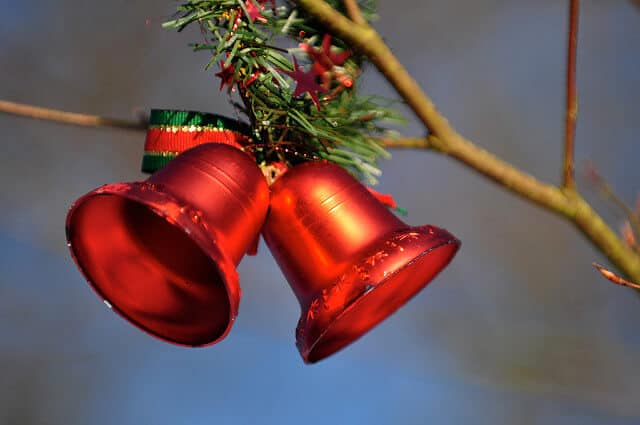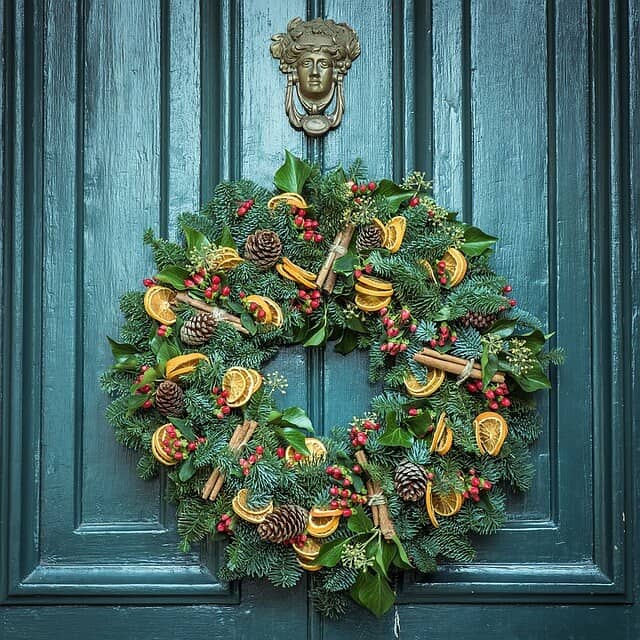[Updated 10/25/22] It’s no secret among friends and family that we’re nuts for Christmas Traditions, decorating our house from wall to wall and immersing ourselves in local holiday celebrations.
In fact, it’s the one time of year that we simply refuse to travel.
But even we didn’t know much about how Christmas traditions around the world is celebrated until we began researching this story.
We hope you’ll find these 90 fun Christmas facts as fascinating as we did!
Christmas Traditions Around the World Guide
- Origins of Christmas
- Fun Christmas Traditions
- Traditional Christmas Dinners
- Traditional Christmas Songs
- The Origins of Christmas Trees
- Traditional Christmas Decorations
- Weird Christmas Customs
- Fun Christmas Facts
- Christmas in Pop Culture
READ MORE: 40 Fun Facts About Thanksgiving Traditions Around The World
ORIGINS OF CHRISTMAS
1. The origins of Christmas can be traced back to ancient pagan celebrations such as Deus Sol Invictus (observed Dec 25), the Kalends (Jan 1-5), and Saturnalia (Dec 17-23).
The Christian Church disapproved of these festivals and co-opted the holidays by declaring Dec 25 as Jesus’ birthday.
2. Mistletoe was held sacred by the Norse, the Celtic Druids, and Native American Indians, because it remains green and bears fruit during the winter when other plants seem to die.
Druids thought the plant had the power to cure infertility and nervous diseases, and to ward off evil.
3. Long before there were traditional Christmas trees, the pagans revered evergreens as symbols of eternal life and rebirth.
Because of their pagan associations, holly, ivy, and other evergreen boughs conventionally used for holiday home decoration were banned by the sixth-century Christian Council of Braga.
READ MORE: 20 Symbols of Christmas: The History & Meaning of Traditional Christmas Decorations

4. Pope Julius I, the bishop of Rome, originally proclaimed December 25 the official celebration day for Jesus’ birthday back in 350 AD.
5. The city of Riga, Latvia holds the claim as home to history’s first decorated Christmas tree, back in 1510.
6. The midwinter festival of Yule has been celebrated by the Germanic peoples since at least the 4th century. Yule, which is also called Winter Solstice, is the longest night of the year and the time of greatest darkness.
Some scholars believe the word yule means “revolution” or “wheel,” symbolizing the cyclical return of the sun. King Haakon I of Norway…
Click Here to Read the Full Original Article at Green Global Travel…
